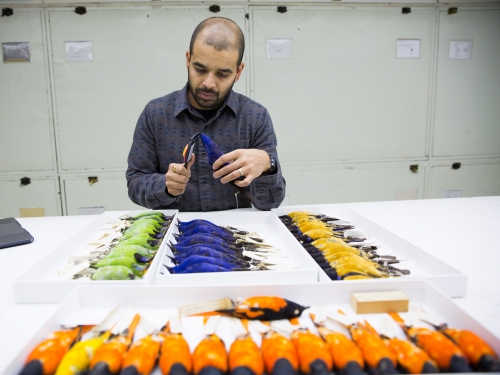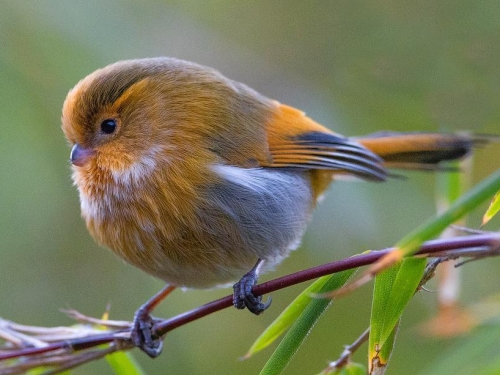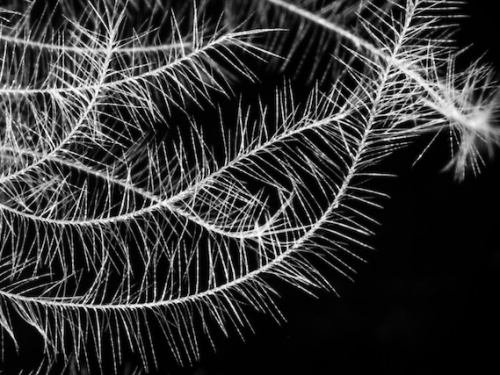The Smithsonian’s bird collection at the National Museum of Natural History in Washington, D.C.
Using the Smithsonian’s collection of 625,000 bird specimens, Sahas Barve, a Peter Buck Fellow at the Smithsonian’s National Museum of Natural History, led a new study to examine feathers across 249 species of Himalayan songbirds, finding that birds living at higher elevations have more of the fluffy down—the type of feathers humans stuff their jackets with—than birds from lower elevations. Published on Feb. 15 in the journal Ecography, the study also finds that smaller-bodied birds, which lose heat faster than larger birds, tend to have longer feathers in proportion to their body size and thus a thicker layer of insulation.
Carla Dove, who runs the museum’s Feather Identification Lab and contributed to the study, said she was excited to work together with Barve to use the Smithsonian’s collections in a new way. “Sahas looked at more than 1,700 specimens. Having them all in one place in downtown Washington, D.C., as opposed to having to go to the Himalayas and study these birds in the wild, obviously makes a big difference. It allowed him to gather the data he needed quickly before the COVID lockdowns swept the globe, and then work on the analysis remotely.”














